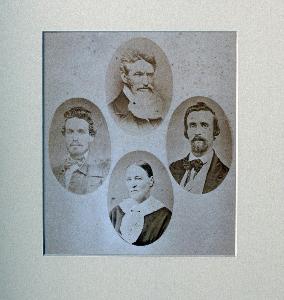Edward Twitchell Hall
Edward Twitchell Hall;E.W. Hall
장소: Webster Groves
타고난: 1914
죽음: 2009
전기:
Edward Twitchell Hall was an American anthropologist and cross-cultural researcher, born on May 16, 1914, in Webster Groves, Missouri, and died on July 20, 2009. He is remembered for developing the concept of high-context and low-context cultures, and for his work on nonverbal communication and interactions between members of different ethnic groups.
Early Life and Education
Hall received his Ph.D. from Columbia University in 1942 and continued with field work and direct experience throughout Europe, the Middle East, and Asia. During World War II, he served in the U.S. Army in Europe and the Philippines, which laid the foundation for his lifelong research on cultural perceptions of space.
Career and Contributions
Hall introduced several new concepts, including proxemics, monochronic time, polychronic time, and high-context and low-context cultures. He is considered a founding father of intercultural communication as an academic area of study. His work has been influential in understanding how people behave and react in different types of culturally defined personal space. Key Concepts * Proxemics: the study of the human use of space * Monochronic time: attending to events sequentially * Polychronic time: attending to multiple events simultaneously * High-context and low-context cultures: a framework for understanding cultural differences in communication
Notable Works
Some of Hall's notable works include:
- The Silent Language (1959): a book that explores the hidden dimensions of culture
- The Hidden Dimension (1966): a book that describes the culturally specific temporal and spatial dimensions that surround each of us
- Beyond Culture (1976): a book that develops the idea of extension transference
- The Dance of Life: The Other Dimension of Time (1983): a book that describes different types of time in a provocative cross-cultural exploration
Artistic and Cultural Significance
Hall's work has been influential in understanding the cultural significance of art. For example, his concept of high-context and low-context cultures can be applied to the Outsider Art Movement, which emerged in the 20th century and emphasizes the unique perspectives and talents of artists who are not part of the traditional art world. The Outsider Art Movement is characterized by its childlike simplicity, frankness, and a flat rendering style with rudimentary expression of perspective. Hall's work can also be related to the American Realism Art Movement, which emerged in the United States during the late 19th and early 20th centuries. The movement aimed to portray real and typical contemporary people and situations with truth and accuracy, and not avoiding unpleasant or sordid aspects of life. For example, Thomas Eakins' Portrait of Frank Hamilton Cushing, a painting from 1895, is an excellent example of American Realism. For more information on Edward Twitchell Hall's work and the concepts he developed, visit Wikioo.org or Wikipedia.

